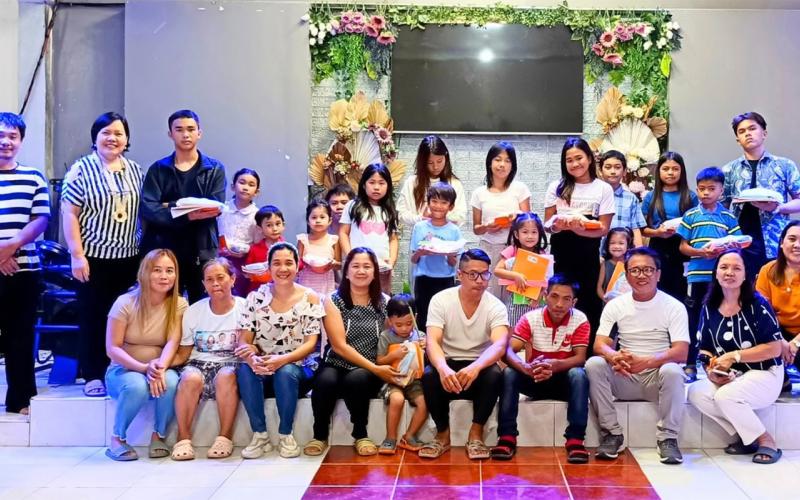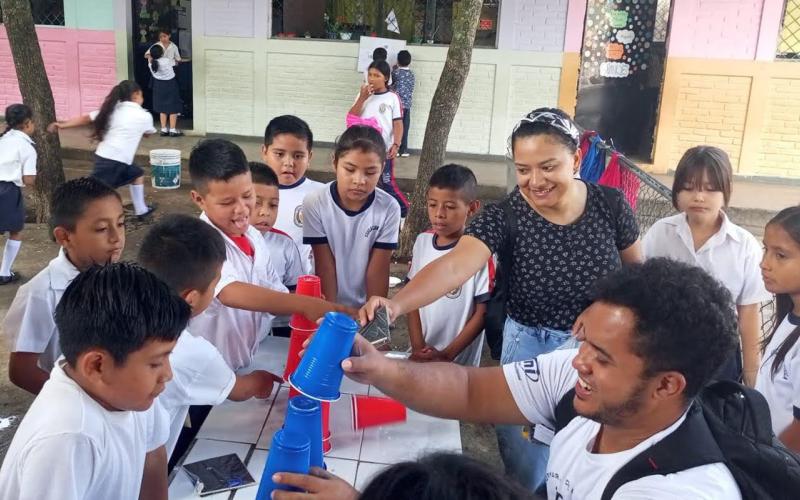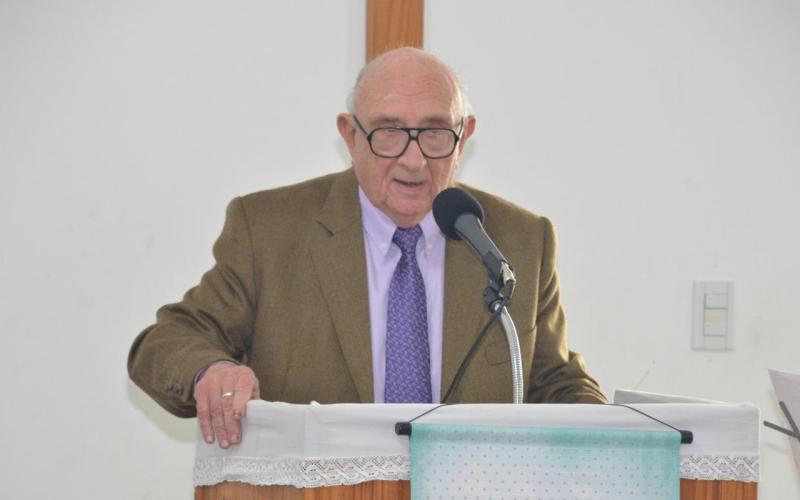
Doing missions well: Identification

Missionary work following First Century patterns involves settling in with a people group for a period of time. It means living with them, connecting on a variety of levels. It necessitates eating their food, learning their language, and enjoying their humor. It includes developing a genuine empathy with those of that society.
Such purposeful participation by missionaries in a culture not their own is called “identification.” It does not entail totally forsaking one’s own culture and “going native.” It means becoming bicultural in addition to becoming bilingual.
Through the centuries, lots of missionaries have exemplified good identification. Mary Slessor and her 40 years of missionary service in Africa would be one good example.
Born into a poor Scottish family in the middle of the 1800s, Mary felt called to ministry at age 11. Coincidentally, that same year she went to work in a textile factory. She had an alcoholic father who could not hold a job. So, little red-headed Mary worked ten-hour shifts, six days a week to help support her family.
Missionary David Livingstone, who was then in Africa, became Slessor’s hero. At his death, she determined to follow in his footsteps. So, two years later at age 29, Mary Slessor arrived in Calabar, a region of what is now Nigeria.
Initially, Mary was assigned by the Presbyterian Calabar Mission to work in a city school along with other European missionaries. Her heart, however, was drawn to unevangelized areas. Other missionaries tried to discourage her, citing witchcraft and other dangers lurking out there. It was, however, in just such areas that Mary felt the Gospel must be lived out and proclaimed.
After four years she was able to move out into a tribal area as a pioneer. Deciding to live with the local people as they lived, she moved into a traditional African house. As she settled in, identifying with the people became a core value. Among other things, she discarded the multi-layered petticoats in vogue with many European missionary ladies. She chose, instead, to wear simple cotton dresses in line with what African women wore.
Because of Mary’s strong personality, other missionaries sometimes found it difficult to relate to her. Not so with the Africans. Her identification with them was so authentic that it was said that she was “more African than European.”
Indeed, Mary’s close identification with the people and her faithful living out of the Gospel among them enabled her to be instrumental in settling tribal hostilities. She successfully battled witchcraft “healing” ceremonies and fought other practices contrary to God’s design. For example, she convinced one tribe to abandon their practice of killing infant twins. So respected and influential was she that some called her “the white queen of Calabar.”
In authentic identification, missionaries can say -- either out loud or at least to themselves -- “When I am among you, I feel at home.” That seems to be where Mary Slessor arrived in her pursuance of identification.
-- Howard Culbertson served as a missionary in Haiti and Italy for 15 years, and spent the past 25 years as a professor of mission at Southern Nazarene University.
Talk about it
- How do you react to Mary Slessor's story?
- What one thing from her life could you learn and apply to your life?
- Missionaries warned Slessor against going out among the African people because of the "dangers" and obstacles. Are there any "dangers" or obstacles that prevent you or your congregation from going out among the people of your community to proclaim and live the Gospel?
- When others did not share Mary's vision for mission work, she struck out on her own, without support. What do you think about this approach?
- Are there any ways that you can incorporate this practice of identification into your ministry or your church's ministry to your community?



